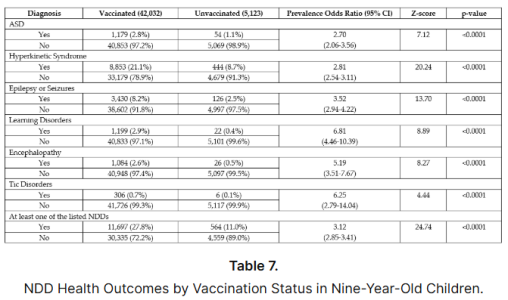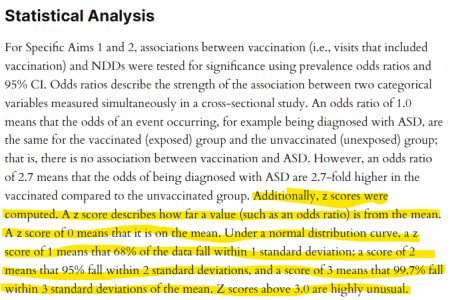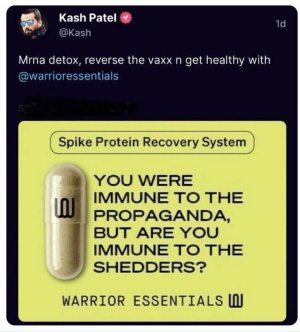You are missing half the fun.I stopped reading right here, "However, the impact of the expanded schedule on children’s overall health remains uncertain." It's the second sentence. A 99% decrease in the annual morbidity from measles is a pretty freaking certain impact on children's overall health.
The authors are from the "Chalfont Research Institute" which has no website and the address is the lead author's house. It is a charity with $465 in assets. The study claims "peer review" but isn't on medline or pubmed.
You would not even need to look at the methods to know this is garbage. But, if you do look at the methods, it is even more clear this is garbage.








